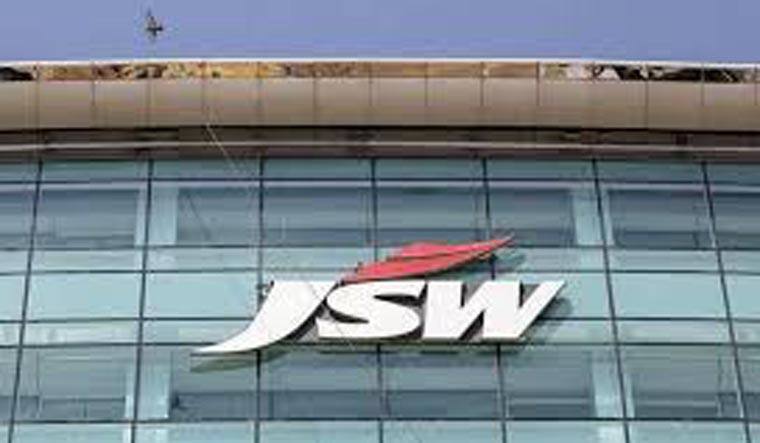JSW Steel, the country’s second largest private steel manufacturer, is exploring opportunities to boost its exports at a time the COVID-19 pandemic and the nationwide lockdown has hit domestic demand.
India imposed a complete lockdown from March 25 as it looked to control the spread of COVID-19. This has hit production as well as demand hard, and supply of raw materials was also impacted.
According to Seshagiri Rao, joint managing director and group CFO at JSW Steel, steel demand fell by 91 per cent; in April this year, 7 lakh tonne of steel was consumed, compared to 7.5 million tonne steel consumed in April 2019.
With India yet to completely lift the lockdown and only some activity resuming in green and orange zones, companies like JSW Steel are now looking at opportunities to export more. With production in other major steel exporting countries like Russia and Japan hugely impacted and other key exporters like Korea and China also impacted to a limited extent, there are huge opportunities for Indian companies to look at, he said.
“Today, we have started looking at steel articles, which are used from steel, be it capital goods sector, auto components sector, there extra potential is there. Identifying in each chapter who are the suppliers in India, who are the producers in India to whom we can supply steel and make them competitive to export and increase our export potential, that is one thing we are seriously looking at,” said Rao.
In April, India’s crude steel production fell 65 per cent. But, of that, as much as 91 per cent of the production was contributed by six big companies. Lot of smaller companies have seen a huge impact and, therefore, Rao feels there is a need to handhold the industry via monetary and fiscal measures, given the huge demand destruction that has happened.
“Six big companies could operate on average at 51 per cent capacity utilisation. Balance companies, their capacity utilisation and production has fallen by 94.5 per cent. That could give an idea what is happening in the secondary players, MSME players. There is a huge amount of pain, they are not able to get working capital, they are not able to get supply chain restored, they are not able to get the people, they are not able to get the migrant workers. There is handholding, which is required, either by monetary measures or fiscal measures,” Rao said.
The COVID-19 pandemic is expected to have a huge impact, with most major economies expected to be in a recession this year. Ratings agency Moody’s recently cut India’s GDP growth forecast for the year ending March 2021 to zero. Rao reckons, a two months lockdown will mean around USD 500 billion loss of output for India’s USD 3 trillion economy.
To deal with the economic fallout due to COVID-19, the G7 countries have given out USD 14 trillion in fiscal and monetary stimulus. India announced a Rs 1.7 lakh crore stimulus for the poor towards the end of March, apart from a few measures for micro, small and medium enterprises. However, a wider stimulus or fiscal support for the industry is yet to be formulated. Reports suggest that a Rs 3 lakh crore economic stimulus package may be announced this week.
Given the limited stimulus that has been given by the government thus far and banks also not giving corporate loans in a big way, recovery will take a longer time in India, feels Rao.
“There is a problem today as regards to the overall economy, there is huge amount of implications, supply chains disappeared, confidence is very low, demand is completely destroyed, whichever industry it is. So, there is a huge amount of problem with regards to revival of the economy and the industry coming back on track,” he said.



